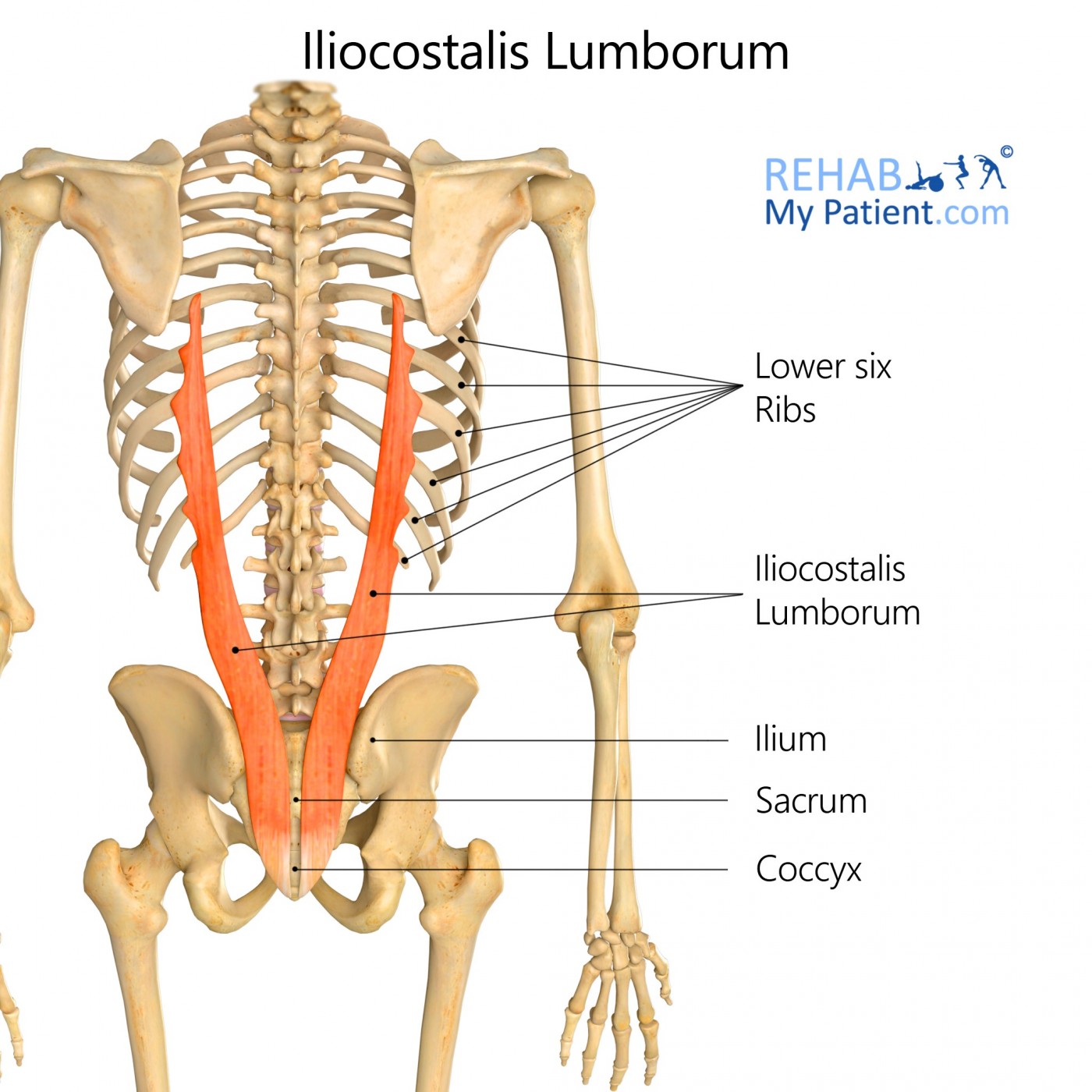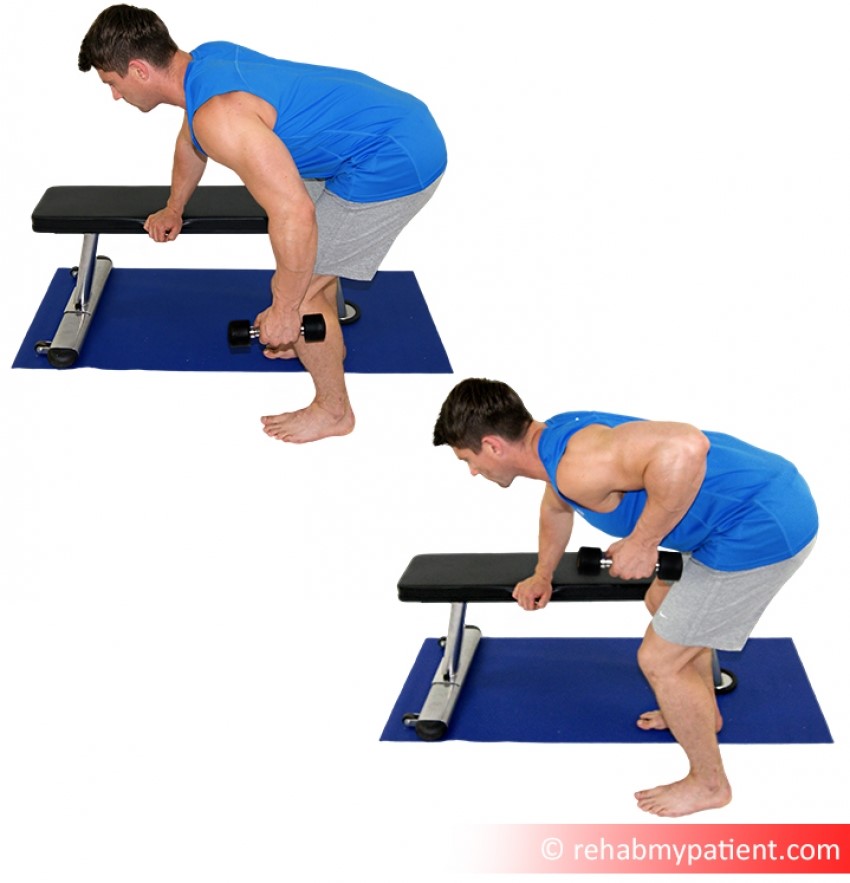
General information
Iliocostalis is a dorsal muscle situated deep to the fleshy section of serratus anterior. Iliocostalis lumborum is the lower (lumbar) portion of that muscle.
Literal meaning
The word iliocostalis comes from the Latin ilium, which means “flank, or groin,” and costa, which means “rib.” Lumborum comes from the Latin limbus, meaning “loin.”
Iliocostalis lumborum translates into “the muscle between the groin, or flank, and the ribs in the loin region.”
Interesting information
Iliocostalis lumborum is part of the erector spinae muscle group which includes iliocostalis, longissimus, and spinalis. The mound formed by this muscle group can be felt running parallel to the spine. These muscles are absolutely crucial for allowing free movement of the spine. Specifically, you would not be able to straighten your back after bending or rotating if there was significant dysfunction to the erector spinae muscle group, including iliocostalis lumborum.
Injury to iliocostalis lumborum may be indicated by pain concentrated in the lower back or pain in the buttocks. Very rarely, iliocostalis lumborum injury will manifest as lower abdominal pain. A number of common daily activities may cause injury to the muscle including lifting a heavy object, rotating while lifting, or even sitting immobile for extended periods of time such as in an automobile or airplane.
If there is a significant discrepancy between the strength of the abdominal muscles and the lumbar muscles of the back, it may result in a condition known as lumbar hyperlordosis. This condition is also commonly referred to as “swayback” due to the distinctive shape displayed by the lower back and abdominal region in sufferers. This condition can be successfully reversed through targeted stretches and exercises aimed at strengthening the deficient muscles.
Origin
The iliocostalis lumborum originates from the sacrum or iliac crest, or spinous processes of the lower lumbar or thoracic vertebrae.
Insertion
Transverse processes of L1 to L5 and ribs 6 through 12.
Function
Posture stabilization; bends or rotates the back to one side; shifts the pelvis from side to side
Nerve supply
Dorsal rami of T7 to L3
Blood supply
Dorsal branches of the lumbar arteries and the lateral sacral artery

Relevant research
Electromyographical study concentrating exclusively on the iliocostalis lumborum and gluteus maximus muscles demonstrate that activation for both muscles is greater on a treadmill than on the ground. This indicates that running on a treadmill may be more effective at strengthening these muscles than running on the ground.
Bankoff AD, Boer NP (2007). “Electromyographical study of the iliocostalis lumborum and gluteus maximus muscles during locomotion on a treadmill and in a ground”. Electromyogr Clin Neurophysiol. 47(6):285-91.
Gender differences in back muscle fatigability, including iliocostalis lumborum, has been shown to be correlated with muscle mass and neuromuscular activation.
Larivière C, Gravel D, Gagnon D, Gardiner P, Bertrand Arsenault A, Gaudreault N (2006). “Gender influence on fatigability of back muscles during intermittent isometric contractions: a study of neuromuscular activation patterns”. Clin Biomech (Bristol, Avon). 21(9):893-904.
Iliocostalis lumborum exercises

The bent over row, also called the barbell row, is a strength training exercise that specifically targets the back muscles. Rest your left knee and hand on a bench with your right leg straight and your right arm hanging. You should be holding a dumbbell of appropriate weight in your right hand. Your back should be straight and parallel to the ground. Slowly lift your elbow towards the ceiling, bringing the dumbbell level with your hip. Then lower the dumbbell back to the starting position. Complete three sets of fifteen and switch to your left side to repeat the entire exercise.
Sign Up
Sign up for your free trial now!
Get started with Rehab My Patient today and revolutionize your exercise prescription process for effective rehabilitation.
Start Your 14-Day Free Trial